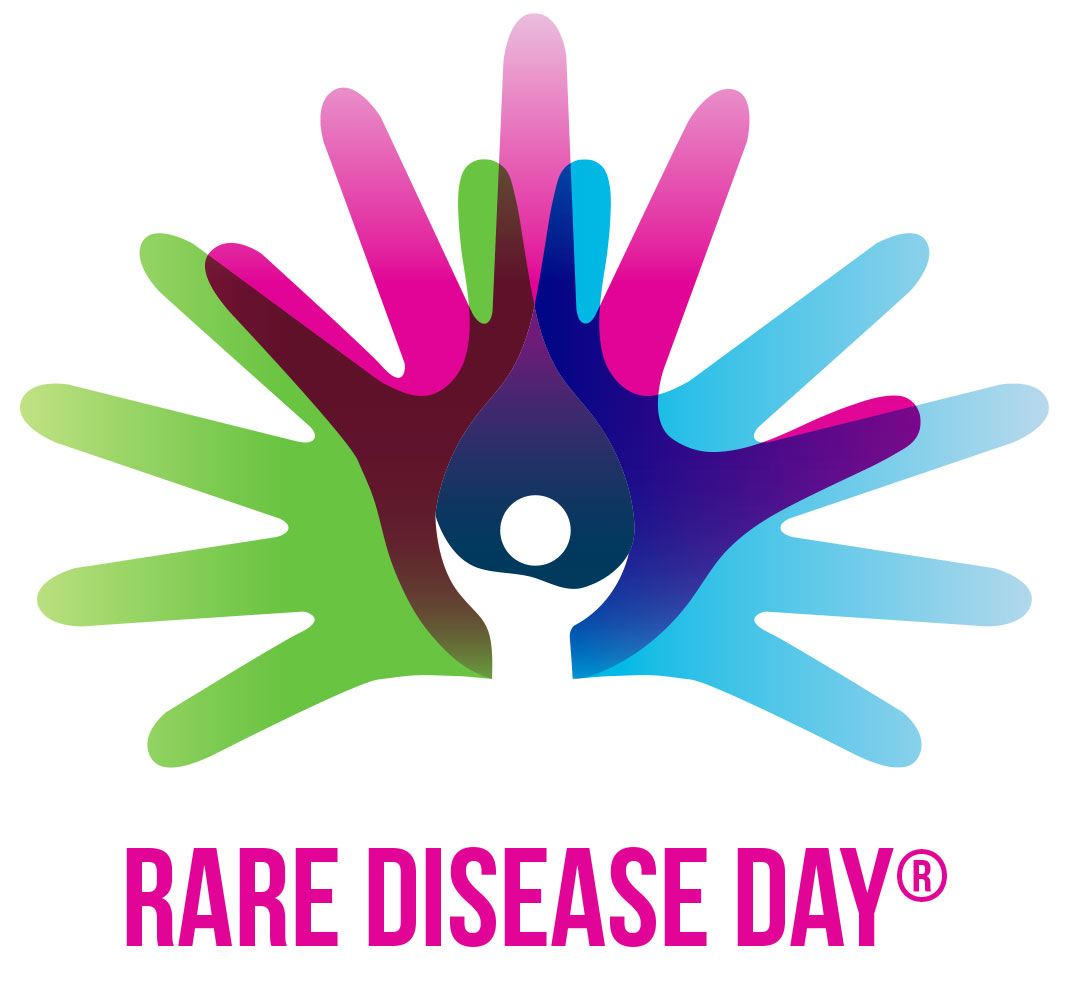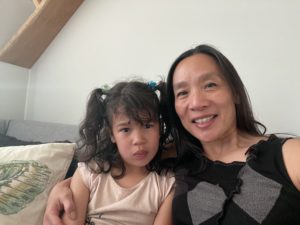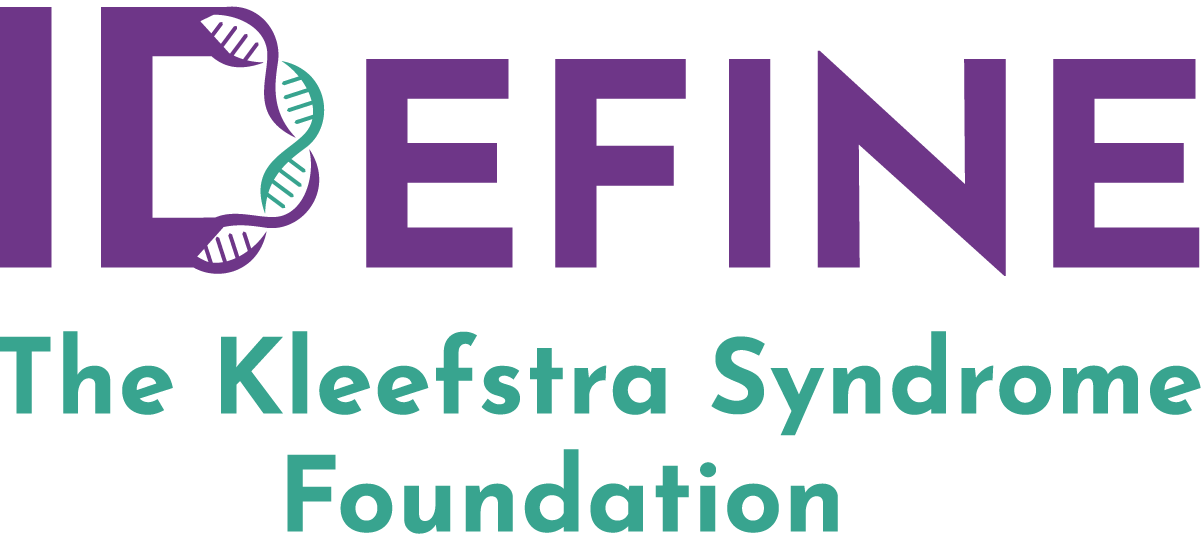A day to highlight humanness, acknowledge progress

Since it was founded in 2008, Rare Disease Day has been observed on February 28 (or 29 in leap years) – the rarest day of the year. It’s a day meant to elevate awareness of rare diseases and the challenges that patients and their families face.
Ironically, according to a study done by RARE-X last year, due to advances in genetics and genetic testing, rare diseases are becoming less and less rare, making Rare Disease Day more and more important. There are now more than 10,000 rare diseases affecting more than 350 million people, or about 10% of the world’s population.
RARE-X, the patient data sharing platform – and Global Genes – the rare disease patient advocacy organization – completed a merger at the end of 2022.
Charlene Son Rigby, CEO of Global Genes and a rare disease parent, says that to her Rare Disease Day is an opportunity to highlight the humanness of rare diseases.

“There’s so much beauty in our children, like my daughter, and rare disease patients in our community, and I think it’s really, really important for people to have visibility into that,” said Son Rigby.
To that end, Son Rigby encourages families to use the day to share their stories, to engage with their communities, and generally to build awareness of their rare disease. Son Rigby also says it’s critical that families make sure they’ve shared their patient data with groups, like RARE-X.
The importance of sharing patient data
Her 9-year-old daughter, Juno, has STXBP1-related disorder. The rare neurodevelopmental condition and genetic epilepsy has a prevalence similar to Kleefstra Syndrome.
“I’ll tell an anecdote from STXBP1,” said Son Rigby, who also co-founded the STXBP1 Foundation. “A 534-patient study from across 10 countries came out in December of 2021, which was huge for us. But the data was pulled from medical records, and it showed that communication issues were only identified in 40% of patients. But in our community, almost all the kids are nonverbal. So, it was just striking to me to realize that the data in the medical records is incomplete. It does not tell the full story of our kids. We had been doing surveys of our community and the number one burden above seizures was communication, so we have been able to take that forward and develop a disease concept model. Data on communication is now also coming in through RARE-X. This is why the family contribution to research is so important, we truly need that comprehensive understanding of our kids and our patients.”
You can share Kleefstra Syndrome data with RARE-X through its Data Collection Program.
A reason to celebrate
Despite the many challenges presented by rare diseases every day of the year, Son Rigby also believes we should celebrate progress on Rare Disease Day.
“I really believe that this is the best time in our history for someone who is living with a rare disease,” said Son Rigby. “We’re at this exciting time where we have the first genetic therapies, even CRISPR type of therapies, which honestly, I thought was science fiction, that it was going to be 15 to 20 years before it really impacted patients – and I was so wrong. That timeframe just totally compressed.
“I also find it exciting to see how advocates really can change the ecosystem and trajectory in a specific rare disease by connecting through social media and forming global networks. It has really transformed what we can do. There’s this next generation of advocacy happening that frankly was much more difficult 15 years ago.”

